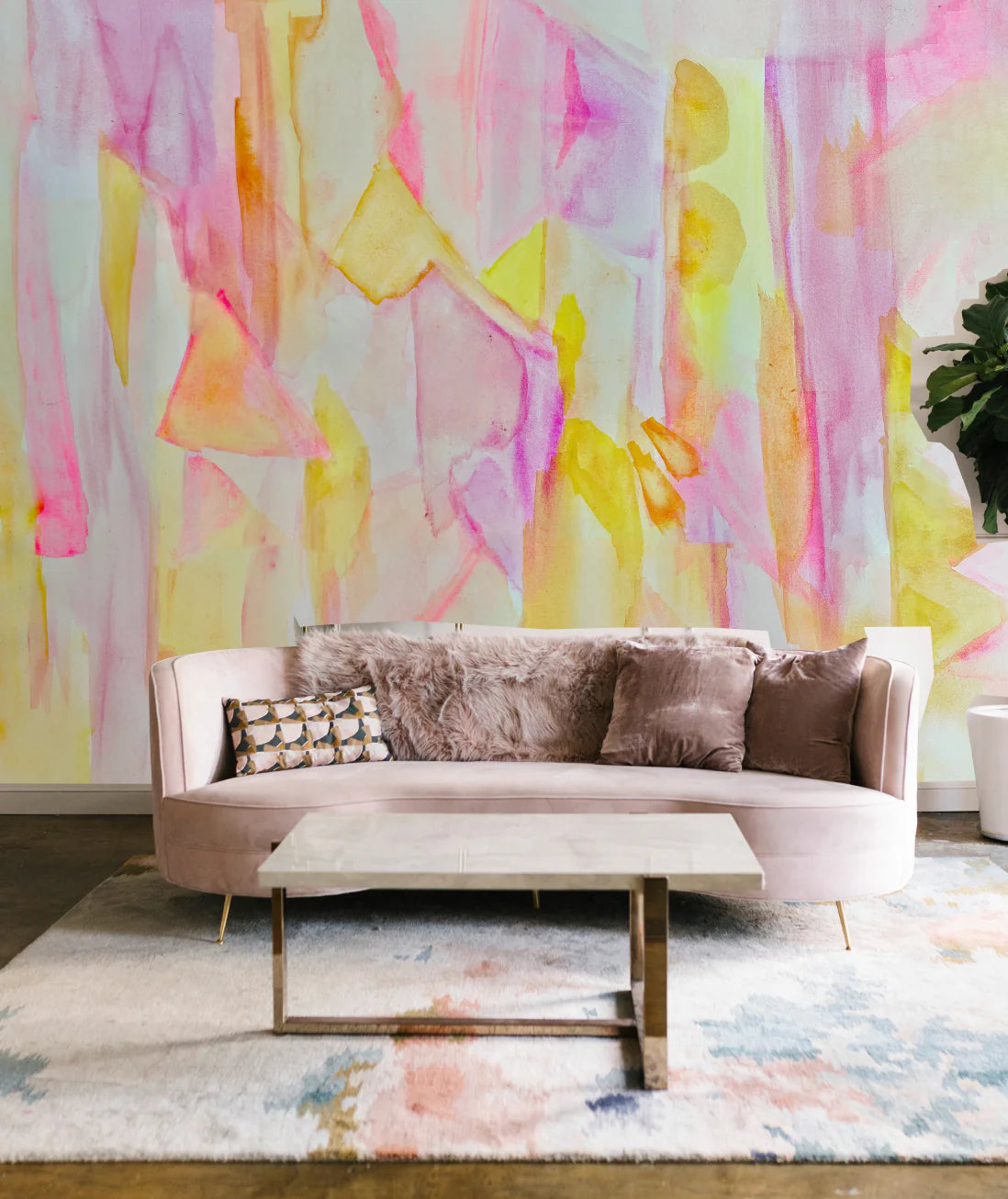A Walk Through the Story of Wallpaper
Interior wallpaper design has a rich history that spans centuries and continues to shape modern interior design practices. From its humble beginnings as a decorative covering for bare walls to the versatile and innovative designs we see today, wallpaper has remained a popular choice for transforming interior spaces. In this blog post, we will explore the history of interior wallpaper design and discuss its enduring impact on contemporary interior design trends.
-
Origins of Wallpaper:

-
Evolution and Industrialization:
The 18th and 19th centuries marked a significant period for wallpaper design. Advances in industrialization led to the mass production of wallpaper, making it more affordable for the growing middle class.
Pattern books emerged, showcasing a wide array of designs inspired by nature, historical themes, and exotic locales. These wallpapers became a symbol of status and taste, transforming interior spaces with their intricate patterns and vibrant colors.
-
Arts and Crafts Movement:
In the late 19th and early 20th centuries, the Arts and Crafts Movement emerged as a reaction against mass-produced goods. Influential designers like William Morris emphasized the importance of handcrafted quality and celebrated natural motifs.

Wallpaper designs during this period showcased organic patterns, muted tones, and a return to craftsmanship, reflecting a desire for authenticity and a connection to nature.
-
Modernism and Minimalism:
The early 20th century witnessed a shift towards modernism and minimalism in interior design. Wallpaper designs became more subdued, featuring geometric shapes, abstract patterns, and monochromatic color schemes. Prominent modernist architects and designers, such as Le Corbusier and Mies van der Rohe, embraced minimalist aesthetics and used wallpaper to create a sense of harmony and simplicity in interior spaces.
-
Revival of Wallpaper:
In the late 20th century, wallpaper experienced a revival. Designers and homeowners sought to add personality and character to their interiors, and wallpaper provided a versatile and creative solution. The introduction of new materials, such as vinyl, allowed for easier installation and maintenance. Wallpaper designs ranged from bold and colorful to subtle and textured, offering endless possibilities for customization.
-
Contemporary Wallpaper Design:
In the present day, wallpaper continues to be an essential element in interior design. Digital printing technology has revolutionized the industry, enabling designers to create intricate patterns, realistic textures, and even customized designs. Wallpaper serves various purposes, from creating focal points and accent walls to adding depth and dimension to a space.

Additionally, eco-friendly options and removable wallpapers have gained popularity, allowing for sustainability and flexibility in design choices.
Lets Recap
The history of interior wallpaper design showcases its evolution from an exclusive luxury to a versatile design element accessible to all. Its enduring impact on modern interior design is evident in the diverse range of patterns, textures, and styles available today. Whether used to create a dramatic statement or to add subtle visual interest, wallpaper remains a powerful tool for transforming and personalizing interior spaces. With ongoing innovations and a nod to the past, wallpaper continues to inspire and shape the aesthetics of contemporary design.









